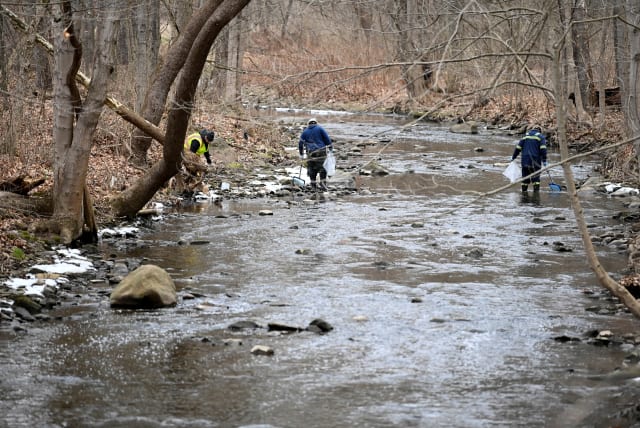Australia's dead fish mystery has been solved

The deaths of thousands of fish, found floating near the town of Menindee, has now been explained by scientists.
Thousands of dead fish have been found this week in the Darling River near the town of Menindee, around 1,000km (620 miles) west of the state capital Sydney.
Menindee this morning! My heart is absolutely breaking seeing this footage of our Darling BarkaFeels like the river is sending us a message a week out from the election. pic.twitter.com/8h5sEDvvGD
— Kate McBride (@Kate_McBride_1) March 17, 2023
It follows fish deaths in the same area in 2018 and 2019 where up to a million fish died from poor water flow, poor water quality, and sudden temperature changes.
Mystery solved
Low levels of oxygen in Australia's second longest river were to blame for a mass fish die-off recently in a remote part of New South Wales state, environmental authorities said.
The NSW Department of Planning and Environment's water division said on Twitter that "dissolved oxygen levels remain a concern for fish health" in the area.
"There is a large number of fish deaths (predominantly Bony Herring) in the Darling River between Lake Wetherell and Menindee township," the agency said on Friday.
Hundreds of thousands of dead fish had been found in the river, and state fisheries officers had been sent to the area to assess the issue, the Australian Broadcasting Corporation reported on Saturday.
Footage posted to Twitter by SBS showed a boat navigating through thousands of dead fish blanketing the entire surface of the river.
New day but sadly more dead fish at Menindee just near town. pic.twitter.com/PNsFZ6w5Vn
— BillOrmonde (@BillOrmonde_2) March 17, 2023
The state planning and environment agency warned river oxygen levels could fall futher this weekend as temperatures rise, before cooler conditions return next week.
Jerusalem Post Store
`; document.getElementById("linkPremium").innerHTML = cont; var divWithLink = document.getElementById("premium-link"); if (divWithLink !== null && divWithLink !== 'undefined') { divWithLink.style.border = "solid 1px #cb0f3e"; divWithLink.style.textAlign = "center"; divWithLink.style.marginBottom = "15px"; divWithLink.style.marginTop = "15px"; divWithLink.style.width = "100%"; divWithLink.style.backgroundColor = "#122952"; divWithLink.style.color = "#ffffff"; divWithLink.style.lineHeight = "1.5"; } } (function (v, i) { });
